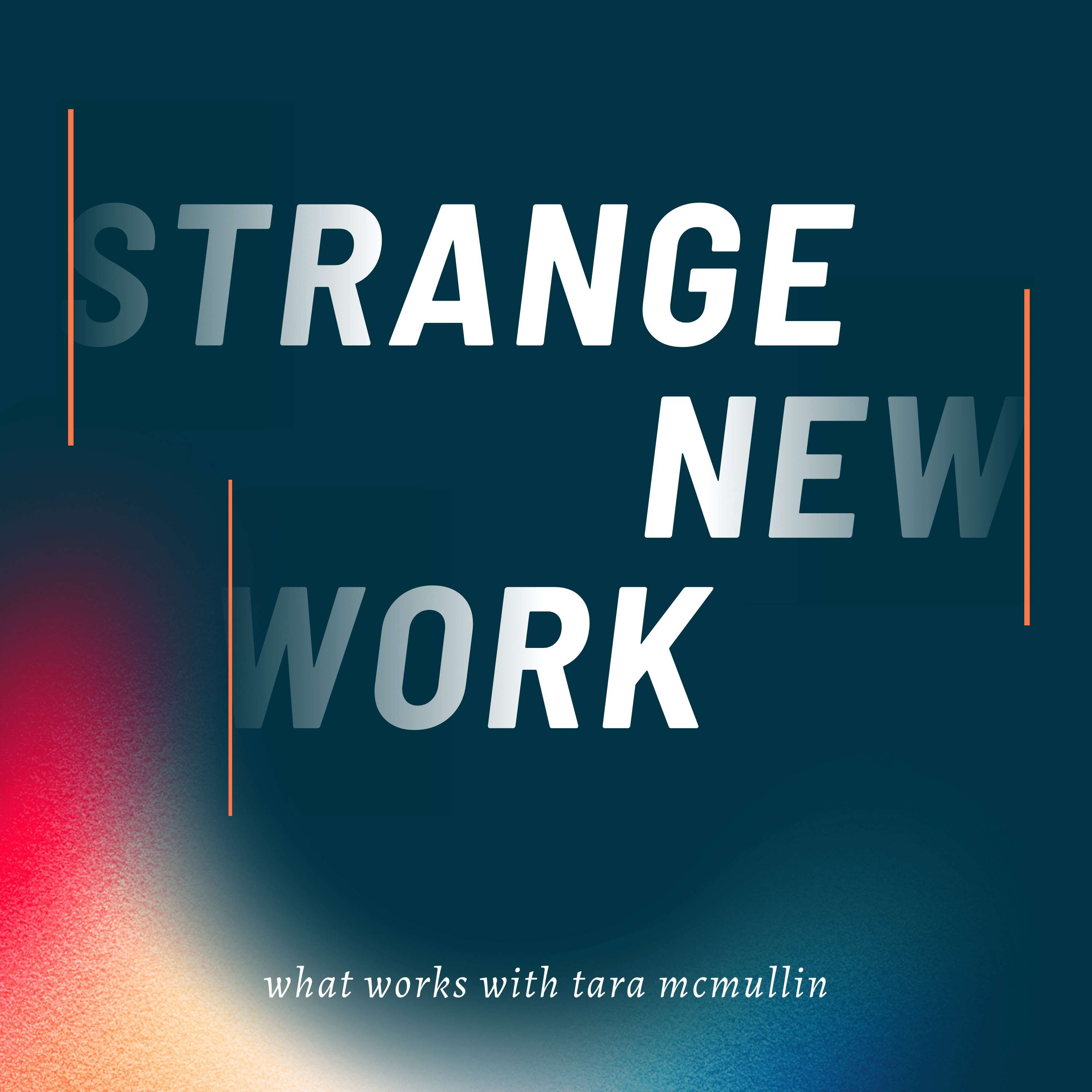
Episode description
This is the second episode in my new series, "Strange New Work."
Artist and writer Morgan Harper Nichols is a world-builder. She says, "Worldbuilding, for me, [is] a form of expansive hope—a necessary imagination for being alive." What is world-building? It's the process of creating secondary, fictional worlds. There's world-building in all sorts of fiction—but especially science fiction, speculative fiction, and fantasy.
And world-building as a practice—a necessary imagination—can be a tool for mapping a better work environment, too.
Footnotes:
- Find out more about Morgan Harper Nichols on Substack, her website, and Instagram.
- Read the piece that inspired this conversation.
- The Years of Rice and Salt by Kim Stanley Robinson
- N.K. Jemisin on world-building on Wired and LitHub
- To Write Love On Her Arms
- "What is capitalist realism?" by Tara McMullin, featuring Iggy Perillo
Every episode of What Works is also shared as an essay at whatworks.fyi—become a free subscriber to get weekly posts delivered to your inbox or upgrade to a premium subscription for access to bonus content and quarterly workshops for just $7 per month!
All of the books I mention in this series are in the Strange New Work Bookshop list.